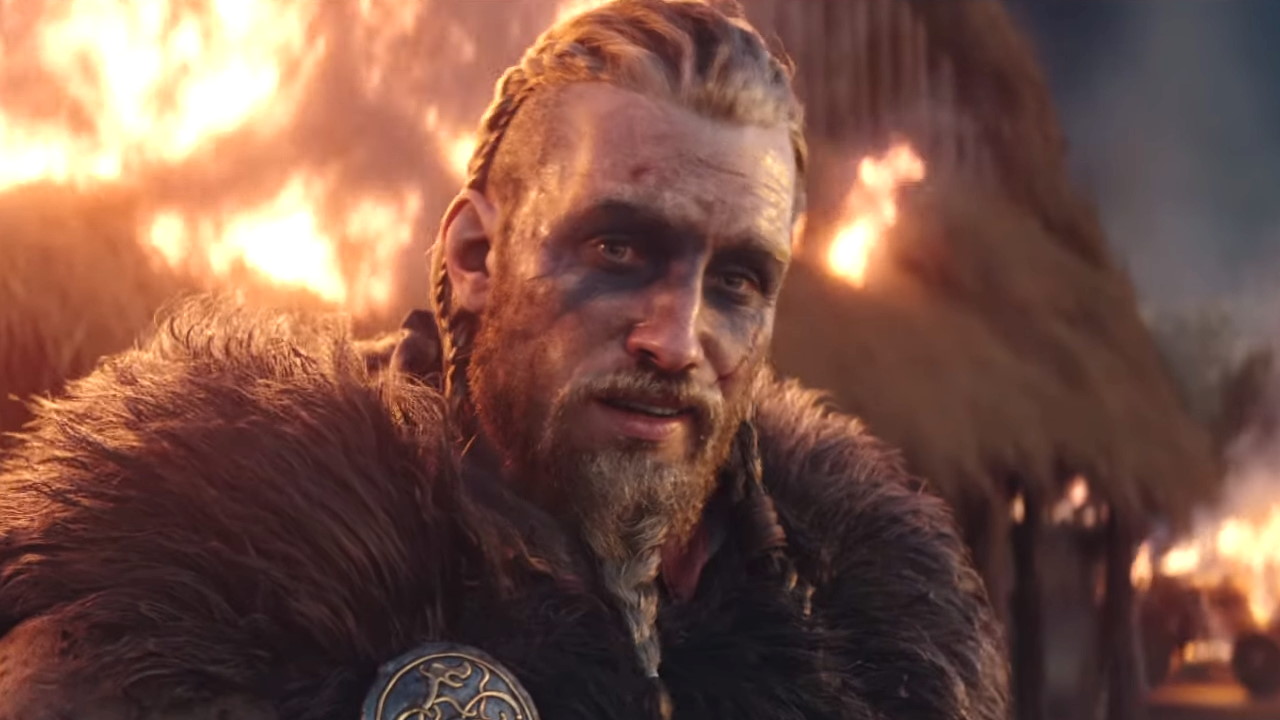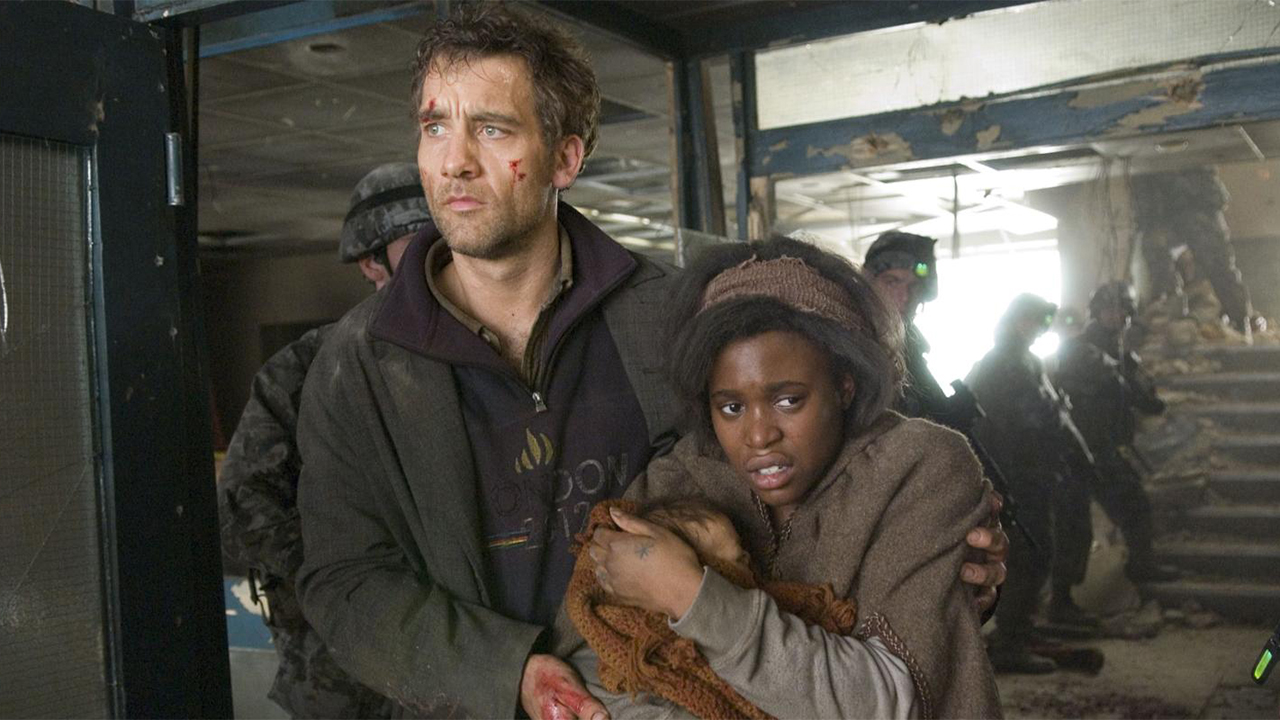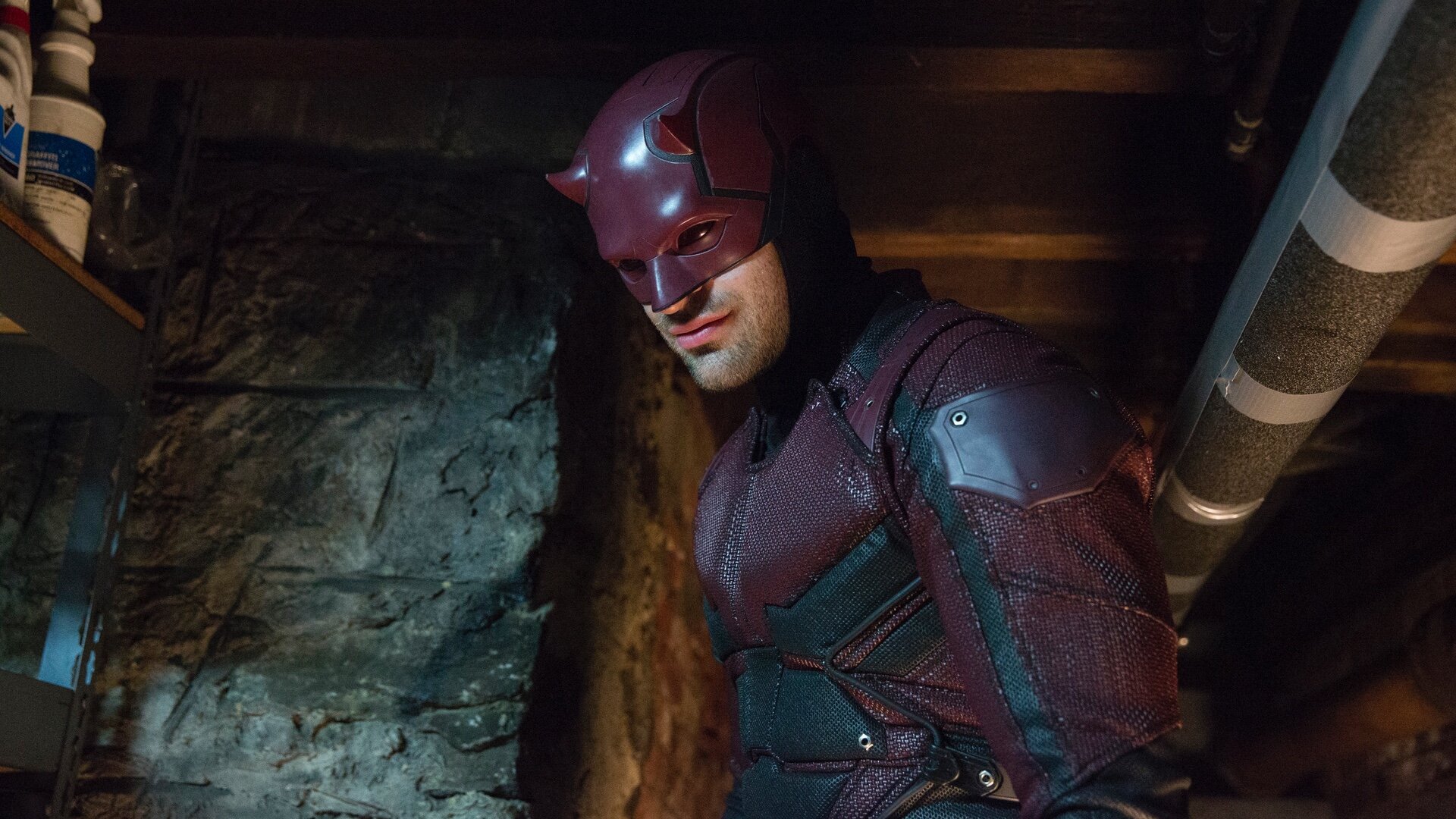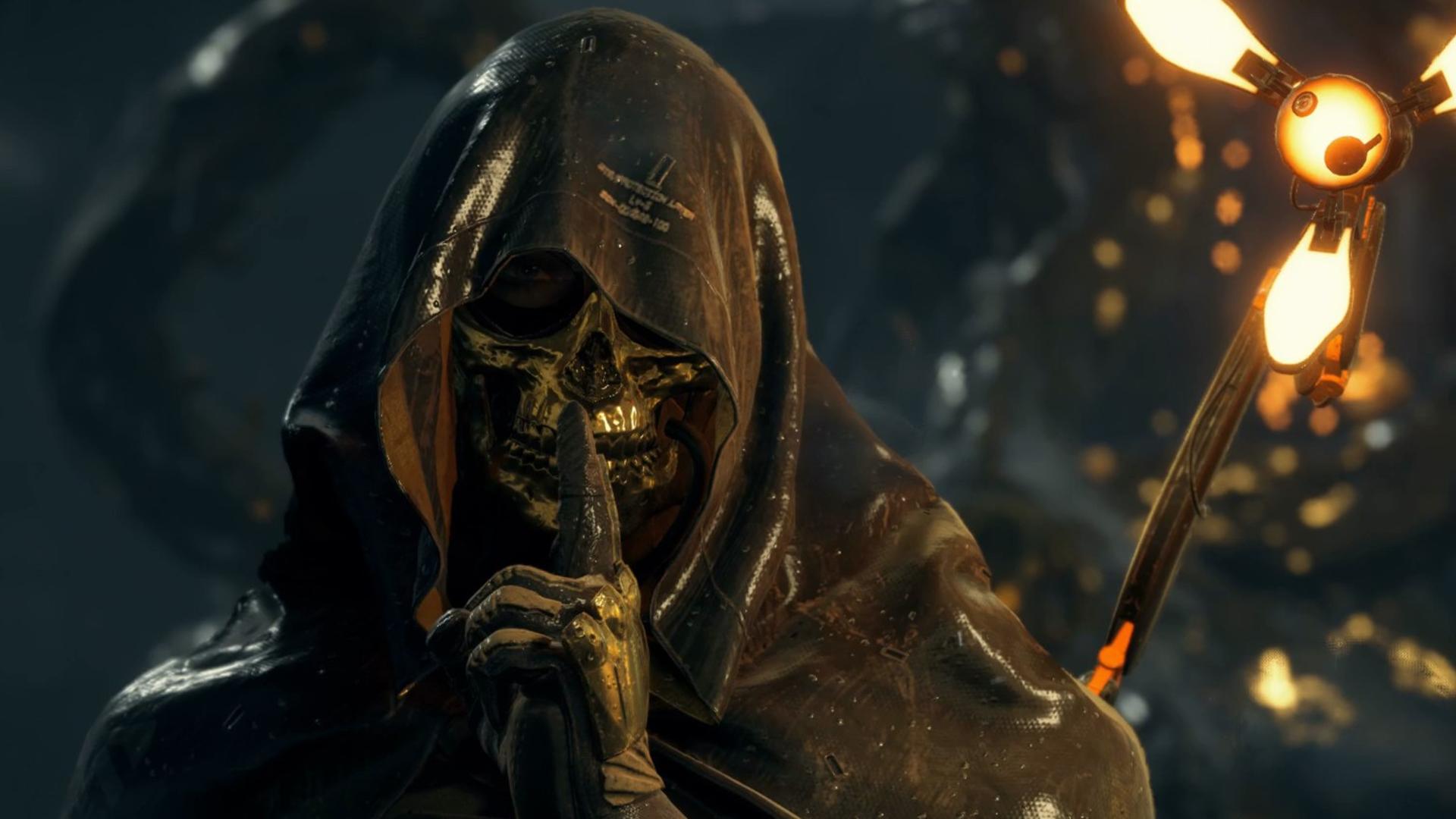From Assassin's Creed Valhalla to The Last of Us 2, why the one-shot take is becoming gaming's new favourite storytelling device
Assassin's Creed Valhalla, and the continued rise of single takes in video games

For all its celebration of hidden blades, axes, and other sharp instruments of varying lethality, you'll be hard pressed to find a single cut in Assassin's Creed Valhalla's opening moments. At least in the editorial sense, anyway. There is, of course, plenty of M for Mature slicing and dicing between steel and flesh on show, as Eivor's clan are besieged by a raiding neighbour, but the structure through which we view that action is one, smooth, extended take, free of any hard cuts.
The camera glides behind, above, and around Eivor as they struggle to defend their homeland, before making a breakneck escape on horseback, the lens hugging them tightly throughout until an Animus glitch finally severs the link. The entire take lasts for several minutes, and it makes for a deeply compelling introduction to the latest instalment in Ubisoft's open world franchise.
"In the very early discussions about the flow of this game, we decided to try to be as seamless as possible," explains Assassin's Creed Valhalla's realization director, Alexandre Neszvecsko, of the creative thinking behind the cinematographic flourish. "When I started thinking about the whole opening sequence, I instantly proposed to try and do a sequence shot, which I thought would be unique and immersive. It was essential, in my opinion, in order to achieve this flow we were looking for."
One shot, one opportunity

Assassin's Creed Valhalla isn't the only game to keep its camera live and locked on. The Last of Us Part 2 employed the device to frame one of its most important (and gruesome) moments, building layer upon layer of tension as cautious civility boils over into open violence.
God of War famously choreographed its entire game over one extended take, cleverly hiding its loading sequences to make sure the camera never took a break from Kratos and Atreus' odyssey through Norse mythology. Rumour has it that Halo Infinite will also use the one-shot method for Master Chief's next-generation adventure, while anyone who's played a recent Hideo Kojima game will be more than familiar with that auteur's particular fondness for the technique.
But why are games suddenly abandoning the hard cut in favour of longer takes? The answer – part of it, at least – is the same reason why so many games also have opening title sequences, post-credits cliffhangers, and Wilhelm screams. As a modern medium, video games are heavily influenced by the language and structure of film and TV, and with every new stride the industry makes in animation and visual fidelity, their ability to imitate those formats only improves.

"The one shot was essential to achieve the flow we were looking for with Assassin's Creed Valhalla."
"I’ve always been fascinated by those shots," says Neszvecskó. "We had many inspirations for Valhalla's opening, and mentioned and showed many sequence plans over time to explain the vision to the different people we worked with, but the first examples of inspirations I remember using were Oldboy, Children of Men, and Battlestar Galactica."
Weekly digests, tales from the communities you love, and more
Films and TV, of course, have been experimenting with the one-shot format for decades, but the technique has undergone a renaissance of sorts in recent years, as filmmakers offered rebuttals to the choppy, heavily edited "shaky cam" effect that dominated the action genre at the start of the century. As a result, we've had single, uninterrupted takes from shows like True Detective and Daredevil, alongside dozens of films across cinema's entire gamut of genres, including most recently with Sam Mendes' 1917, which cuts away just once throughout its two hour runtime.
But while filmmakers have to consider the many logistical limitations and hurdles of their single shot vision, game developers are able to wield a much greater command over their cinematography, with their "cameras" capable of clipping through walls, shrugging off any environmental hazards, and soaring high into the sky without a single piece of rigging equipment in sight.

That's not to say it's a cakewalk for a game to choreograph its one-shot, however. Ubisoft had to think long and hard about how it wanted to frame Valhalla's opening sequence, with its creative, design, and technical teams all working closely to ensure a fluency of motion and imaging, as Neszvecsko explains.
"We don’t have an engine that is built to do these types of transitions," he tells me. "We had to put so many awesome brains on this sequence to fix as best as we could the many issues we encountered. The most difficult part was to find the best approach to go from the gameplay where the player is in control, which was a creative request and an essential part of the experience we wanted to deliver, to the in-game scripted moments."
"It was also a back and forth with the team that produced the cinematic to ensure that the transition between the whole longhouse sequence and the battle cinematic was matching in terms of pacing, framing, lighting, and so on. The cinematic itself was also a tour de force, but the tools we have are more adapted to produce a sequence plan in a controlled environment."
Lights, camera...

But what's so great about the one-shot, anyway? While its detractors argue it can be overused at the expense of emotional depth or nuance, when it is implemented well the technique is hugely effective at bringing a sense of immediacy and presence to the screen – working to deeply immerse the audience into the atmosphere of the events depicted.
It's versatile, too, capable of enhancing just about any desired themes, emotions, or moods across a wide spectrum of genres. Just ask Alejandro González Iñárritu, who used the one-shot for comic relief in 2014's Birdman, before returning to it again to envelop audiences into The Revenant's painful pilgrimage across the frontier the following year.
For video games, then, there's every reason to consider framing a scene through a single shot, especially when the scene in question needs to land with impact and intimacy. Indeed, if you think about it, video games have essentially been using the one-shot for decades, with the camera fixed firmly on your character (or the events seen through your character's eyes) for much of the time you're playing as them.
A more intentional implementation of the long take thus feels like a natural next step for the medium, and one that's likely to only grow in prevalence as time goes on. The question going forward is whether the one-shot continues to be used sparingly, with respect for its appropriate application, or whether it becomes another exhausted video game trope that quickly outstays its welcome. For the sake of digital camera riggers everywhere, pray for the former.
For more, check out all the PS5 launch games we know about so far, or watch the video below for our full Assassin's Creed Valhalla review below.
I'm GamesRadar's Features Writer, which makes me responsible for gracing the internet with as many of my words as possible, including reviews, previews, interviews, and more. Lucky internet!




